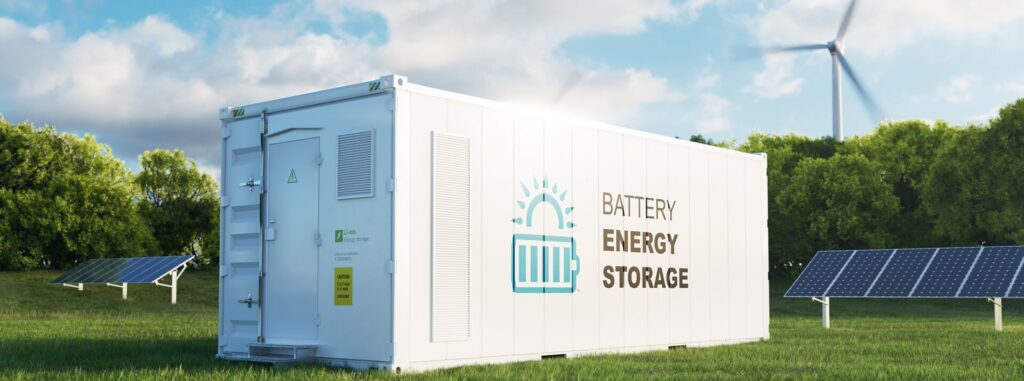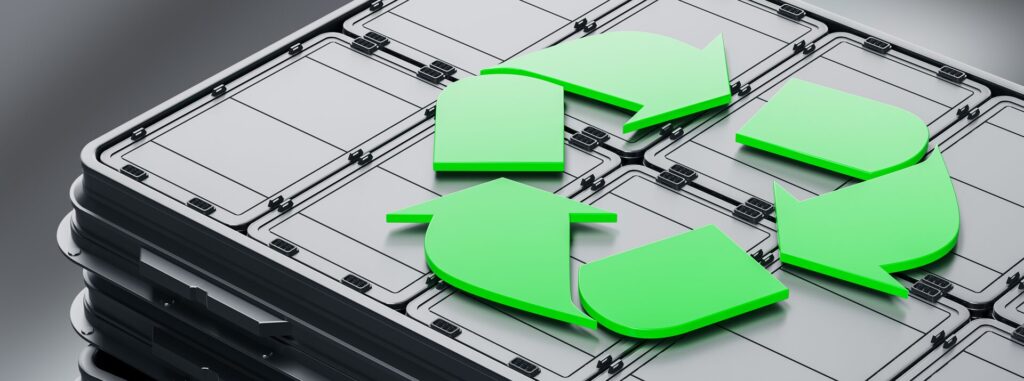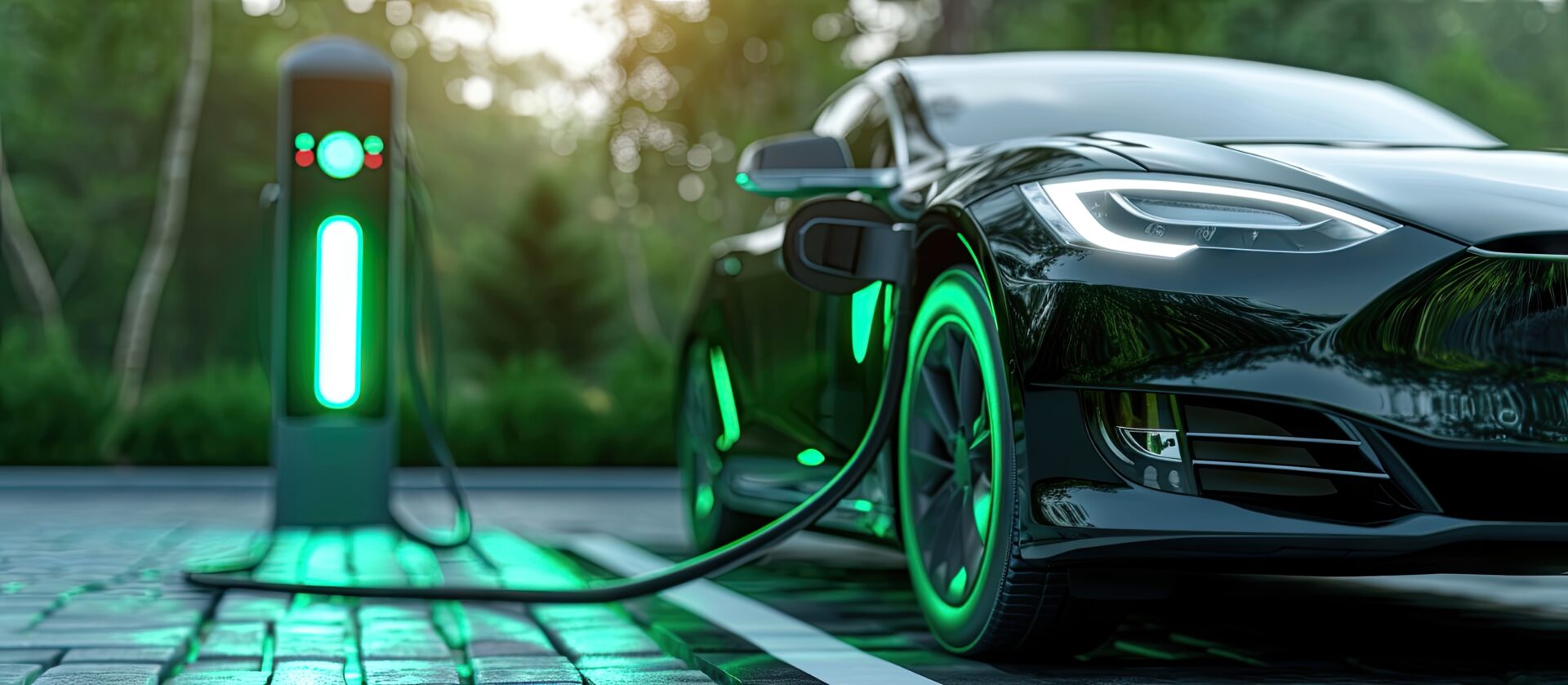
- Electronic Components
The Future of High-Voltage Electric Vehicles: The Importance of Battery Performance and Safety Measures
As innovation in CASE technologies (connected, autonomous, shared, and electric) continues, recent years have seen particular focus on electric vehicles (EVs) as a prime example of electrification. The spread of EVs can be seen as an important step toward the realization of a sustainable society. In this article, we will discuss the role of lithium-ion batteries in EVs, the context and safety measures behind the shift to high-voltage batteries, and the Dexerials’ solutions that enable these batteries.
Contents
The spread of EVs
The spread of EVs is accelerating, boosted by various countries’ subsidies related to SDGs, environmental policies, and carbon reduction. These strong governmental policies, combined with growing consumer concerns around environmental issues, are accelerating the expansion of the EV market. In addition, the entry of new EV manufacturers from North America, China, and Southeast Asia into worldwide markets is another factor behind the spread of EVs. As a result, EVs are becoming an increasingly common sight at motor shows, dealerships, events, and shopping mall display spaces.
As EVs are propelled by batteries and motors, they are quieter both inside and outside the vehicle compared to traditional engine cars. Additionally, EVs are considered environmentally friendly as they produce no exhaust emissions. Recently, subsidies have offset the higher prices to move them within reach of more consumers. According to the International Energy Agency (IEA), approximately 14 million new passenger EVs were sold in 2023, an increase of 35% year on year.* EV sales were particularly high in China at 8.1 million vehicles, followed by Europe at 3.3 million and the US at 1.39 million. This translates to 60% of global EV sales taking place in China, followed by Europe and the US.
*Source: Trends in electric cars – Global EV Outlook 2024 – Analysis – IEA
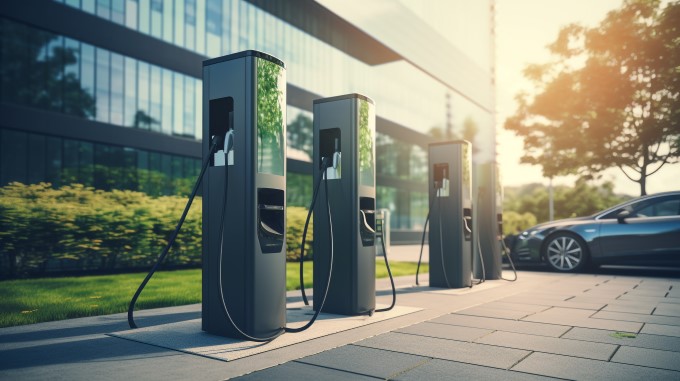
Lithium-ion batteries in EVs
Battery packs using lithium-ion batteries play an important role in the rapidly-growing EV market. Battery performance improvements directly affect vehicle range, weight, and charging cost, leading automakers to create unique designs so they can separate themselves from their competition.
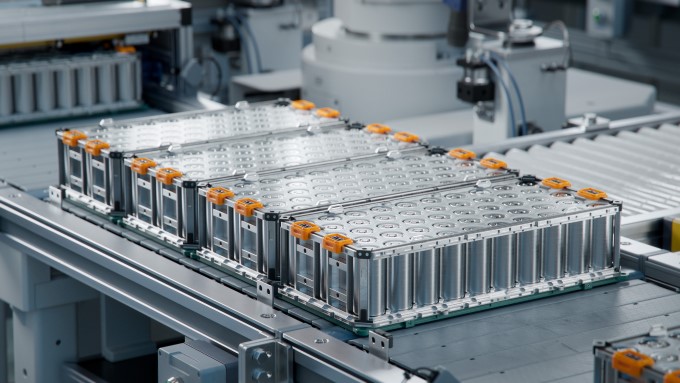
In the early market, most EVs used prismatic battery packs. But when a North American EV manufacturer designed a battery pack that contained several thousand cylindrical lithium-ion batteries and it saw widespread use in the market, various automakers began working on their own designs. Various formats and designs are now being tried, such as blade batteries adopted by Chinese manufacturers.
Lithium-ion battery technology is making impressive progress toward increased energy density, faster charging times, and longer battery life. For example, all-solid-state batteries using solid electrolytes are seen as a possible way to improve safety and energy density over conventional lithium-ion batteries. This would enable further increases in EV range.
Cell arrangement and cooling system efficiency are also key factors in battery design. They enable maximum energy density through cell arrangement while using the cooling system to control temperatures for improved battery life and safety. These technological advances will lead to further improvements in EV performance.
The move to 800V high-voltage batteries
Some EV models are increasing battery voltage from the conventional 400V to 800V, enabling faster charging times and longer range. 800V high-voltage batteries can improve charging infrastructure efficiency and thus user convenience.
The advantages of 800V high-voltage batteries are as follows:
- Faster charging times: 800V systems can provide 400 km of range in approximately 20 minutes.
- Improved power performance: Higher voltage enables smaller and lighter motors.
- Efficient charging infrastructure: Higher voltage reduces the amount of current required to transmit the same amount of energy. This reduces heat in the cable and improves charger efficiency.
The goal for EV range is to reach 400 to 500 km, on par with standard gasoline vehicles. High-voltage batteries enable rapid charging, providing plenty of range in a short time. In addition, higher voltage reduces current and cable heat, enabling the use of thinner, lighter cables. This has the potential to enable improved efficiency for the vehicle overall and even longer range.
This also requires charging infrastructure to support 800V. Europe is beginning to see the installation of large 150 kW chargers that support 800V, and they are becoming mainstream. 50 kW (400V/125A) chargers are the norm in Japan, but some that support 400 kW (1000V/400A) are emerging as well. It’s said that the foundation for a shift to 800V is solidifying in Japan and China. In contrast, the spread of charging infrastructure is stagnant in North America.*
*Reference: SBD Explores: What are 800V EVs and should automakers be adopting it?
Challenges in the shift to 800V high voltage and Dexerials’ solutions
However,the issue of safety must be addressed in order to adopt 800V batteries. Higher voltages increase the risk of insulation breakdown and arc discharge, which can lead to fires or explosions. As a result, appropriate insulation materials and advanced safety systems are indispensable.
Dexerials is currently developing 800V-rated secondary protection fuses. These new products will accelerate EV manufacturers’ business and support the evolution of mobility. As the importance of safety measures increases along with the spread of high-voltage EVs, our solutions will contribute to overcoming that challenge.
Please contact us for detailed information or technical support. We look forward to hearing from all engineers.
- SHARE
 Back to top
Back to top  Contact us
Contact us 








